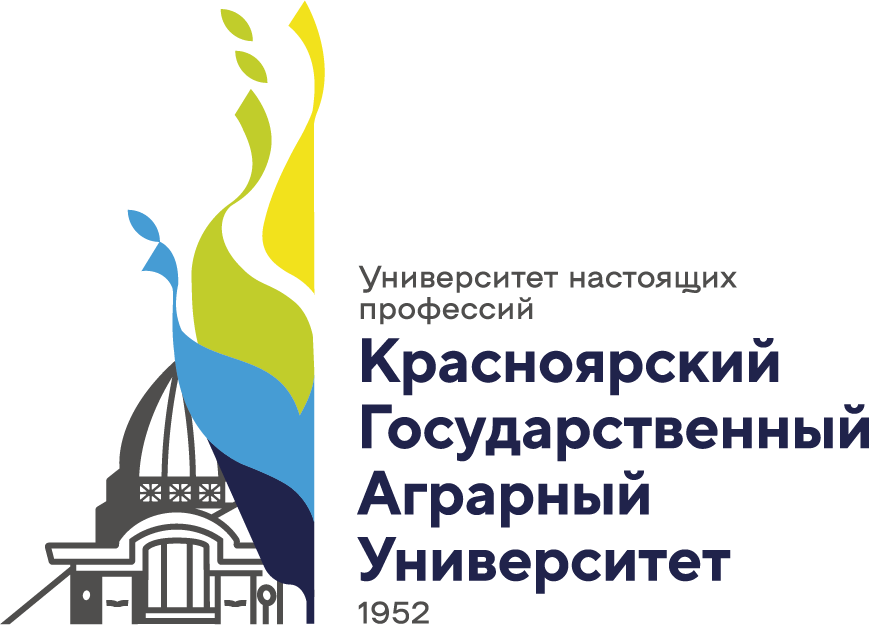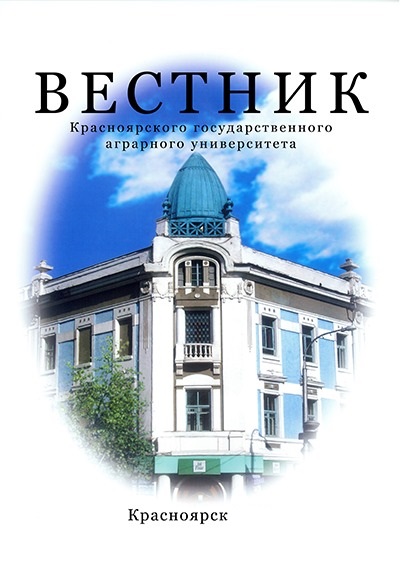The aim of the research was to investigate the bee colonies wintering method influence on the degree of lesion with nosema pathogen. To achieve this goal we have solved the following problems: after autumn audit the bee colonies were divided into two groups; we selected and investi-gated samples of bees from the bee colonies ;during the spring audit, the degree of contamina-tion of bee nests was assessed at five-point sys-tem. The analysis of research results shows that when bee colonies are wintering in the wild, under the snow, cleanness of their nests rates by 2 or 3 points for the majority of (81.4 %), 7.4 % of infected colonies by 5 points and 11.1 % by 4 points. Win-tering in the semi-subterranean hole called winterer preserves the cleanness of the nest in 4 and 3 points (68.1 %). The number of bee colonies, with spring audit grade in 5 points, increasing by 17.6 % than in wild wintering. In turn, the number of colo-nies with a score of 2 was less by 30.7 %. The re-sults showed significant influence (P < 0.001) of wintering conditions on the degree of bee colonies lesion with pathogen nosema N. ceranae. In winter-ing conditions in most of the samples of bees (61.4 %) N. ceranae spores were not detected. When wintering in the wild under the snow the in-festation of bee colonies evenly distributed from + to +++. The studied sample contained 14.8 % of bees with a high lesion degree ++++. Our results indicate that wintering in special winterer reduces the degree of bee colonies contamination with pathogen nosema N. ceranae. Under Tyumen Area conditions clinical picture of the disease caused by the pathogen N. ceranae may be accompanied by bee colonies nest pollution of diarrhea.
Nosema ceranae, conditions of wintering bee
1. Grobov O.F., Guzeva L.N., Radionova Z.E. i dr. Opasnye bolezni i vrediteli pchel. - M.: Niva Rossii, 1992. - S. 61.
2. Bailey L. Nosema apis and dysentery of the honey bee // J.Apic.Res. - 1967. - V. 6. - P. 121-125.
3. Liu T.P. Ultrastructural changes in Nosema apis in the midgut of the honeybee treated with thimerosal in vitro // Parasitol Res. - 1988. - V. 74. - P. 492-494.
4. Zinatullina Z.Ya., Zhigileva O.N., Ignat'e-va A.N. i dr. Differencial'naya diagnosti-ka vozbuditeley nozematoza pchel // Uchenye zapiski KGAVM. - 2013. - T. 214. - S. 190-194.
5. Bourgeois L.A., Rinderer T.E., Bearman L.B. et al. Genetic detection and quantification of Nosema apis and Nosema ceranae in the honey bee // J. Invertebr. Patol. - 2010. - V. 103. - P. 53-58.
6. Higest M., Martin-Hernandes R., Botias C. et al. How natural infection by Nosema cer-anae causes honeybee colony collapse // En-vironment. Microbiol. - 2008. - V. 10. - P. 2659-2669.
7. Higest M., Martin R., Meana A. Nosema cer-anae, a new microsporidian parasite in honey-bees in Europe // J. Invertebr. Patol. - 2008. - V. 92. - P. 93-95.
8. Malkov V.V. Plemennaya rabota na paseke. - M.: Rossel'hozizdat, 1985. - S. 55-56.
9. Metodicheskie ukazaniya po laboratornym issledovaniyam na nozematoz medonosnyh pchel (utv. GUV MSH SSSR 25.04.1985 g.). -M., 1985.
10. Zinatullina Z.Ya., Zhigileva O.N., Tokarev Yu.S. i dr. Metodicheskie nastavleniya po dif-ferencial'noy diagnostike Nosema apis i Nosema ceranae u medonosnoy pchely (Apis mellifera L.) (utv. Otdeleniem veterinarii MSH RF 25.10.11) // Sb. nauch. tr. VNIIVEA. - Tyumen', 2011. - Vyp. 51. - S. 286-300.
11. Lakin G.F. Biometriya. - M.: Vyssh. shk., 1980. - S. 177-180.
12. Ostroverhova N.V., Konusova O.L., Kucher A.N. i dr. Nozematoz tipa S v Tomskoy obla-sti // Pchelovodstvo. - 2016. - № 8. - S. 30-32.










